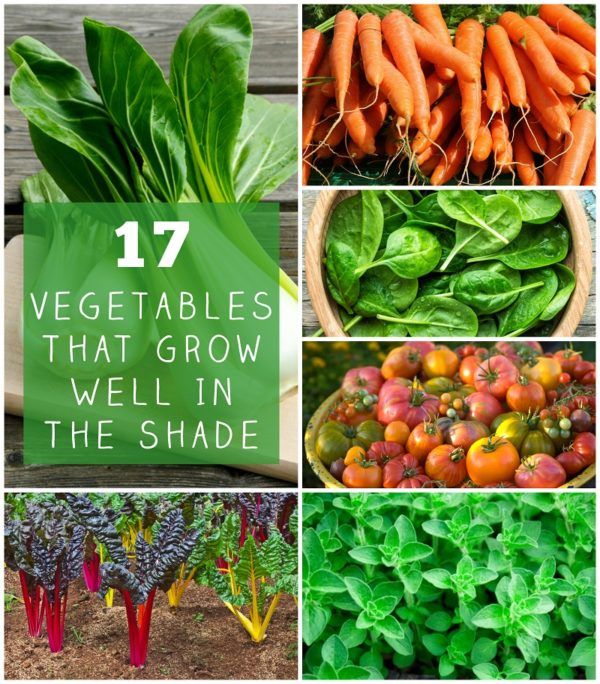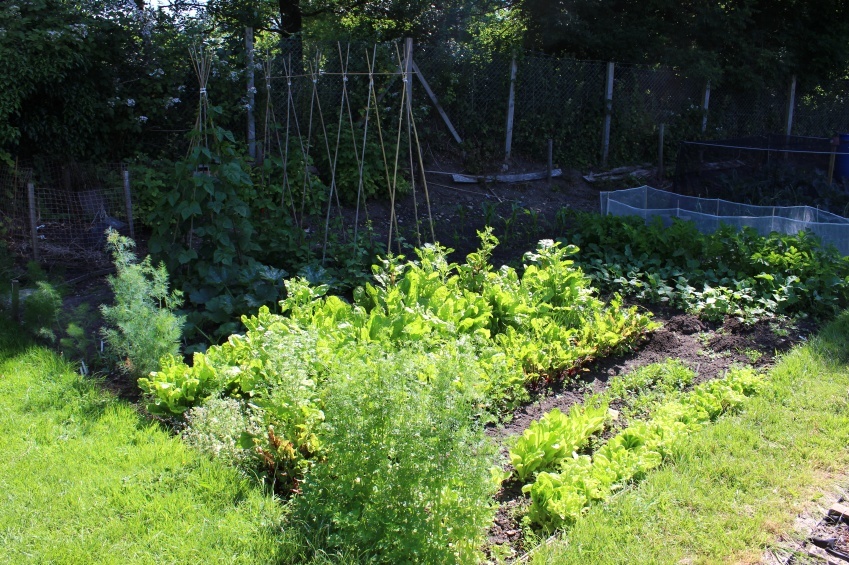
Most vegetables are high-light plants because they have to produce food.
Sunlight is what helps them in food production process or photosynthesis. Unless they get sufficient time in the sun, they cannot make enough food for themselves and for us. However, there are a number of shade tolerant vegetables.
Leafy vegetables and herbs are at the top of the list because their food production as well as storage happens right there on the leaves.
Root vegetables follow next. If you have a patch that receives light to partial shade, choose plants from the following selection.
1. Bok choy
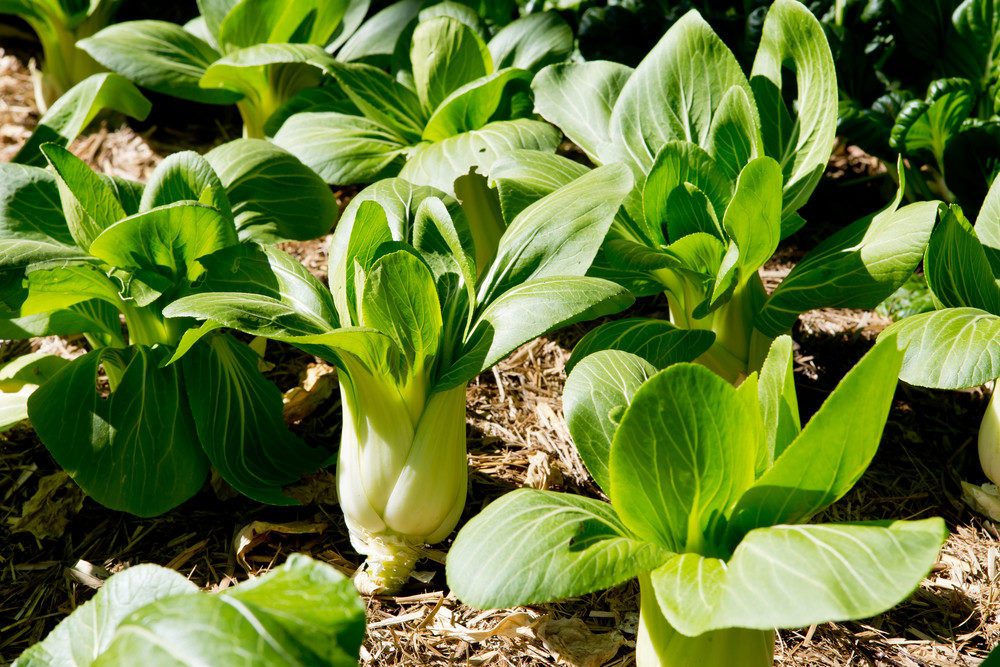
Commonly called Chinese cabbage, this vegetable does not grow any cabbage heads, but have an open-leaved structure consisting of large, green leaves borne on long, spoon-shaped leaf stalks.
High in Vitamin A and Vitamin C, as well as cancer protective glucosinolates, bok choy is ranked by CDC as the second highest among nutritionally dense vegetables.
It is worth growing in any vegetable garden as a cool season crop, but can be grown all through the summer in partially shaded areas.
Get yourself some bok choy seeds and start growing this veggie.
Minimum sun 2-3 hours
2. Komatsuna
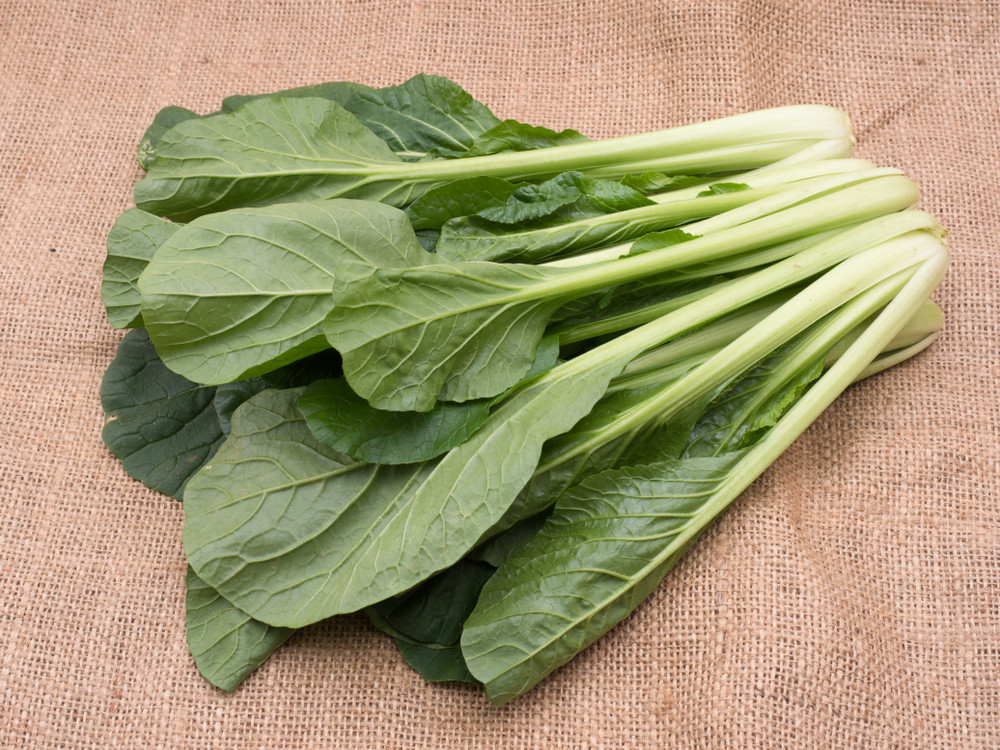
This Japanese mustard spinach (Brassica rapa var. pervirida) is ideal for areas that are partially shaded because it can do with just 2-3 hours of direct sun.
The spinach-like leaves can be used raw in salads as well as boiled or stir-fried. It can adapt to any preparation that you normally do with regular spinach.
Komatsuna is usually grown as spring and fall crop, but you can grow it in the shade well into early summer and beyond.
Minimum sun – 2-3 hours
3. Scallions
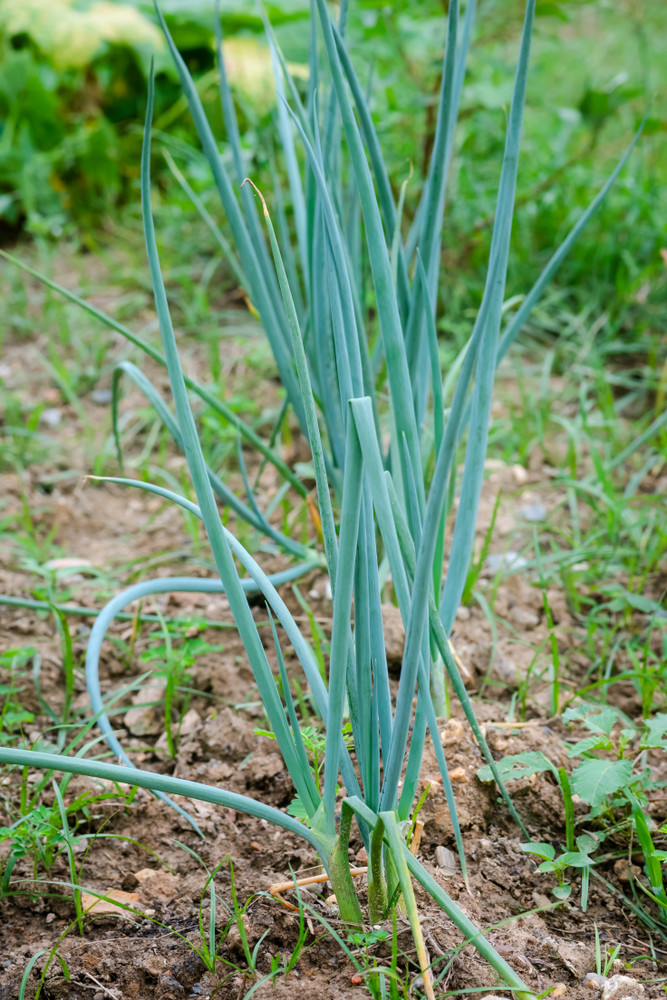
Onions need long growing periods and plenty of sun to produce bulbs large enough for the effort. But, if you intend to harvest them as scallions or baby onion plants, any area that gets dappled light or partial shade is good enough.
Start the seeds indoors and set the seedlings out in spring. Keep the patch watered. Start harvesting when the plants are 6 inches tall.
Minimum sun – 3 hours
4. Chives
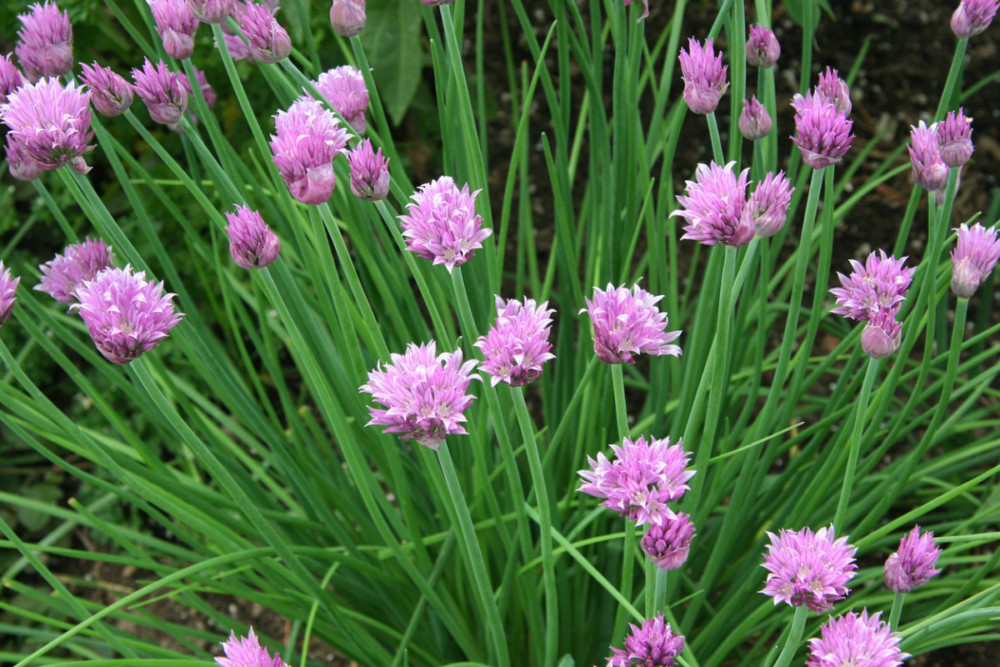
Chives do equally well in the sun and in partial shade, although you will see fewer flowers in the clumps growing in shade.
That’s not a bad thing altogether since too many flowers and the seed heads that follow can result in chives popping up all over the garden.
It is better to start chives from divisions, rather than seeds, when you grow it in the shade.
Minimum sun – 3 hours
5. Oregano
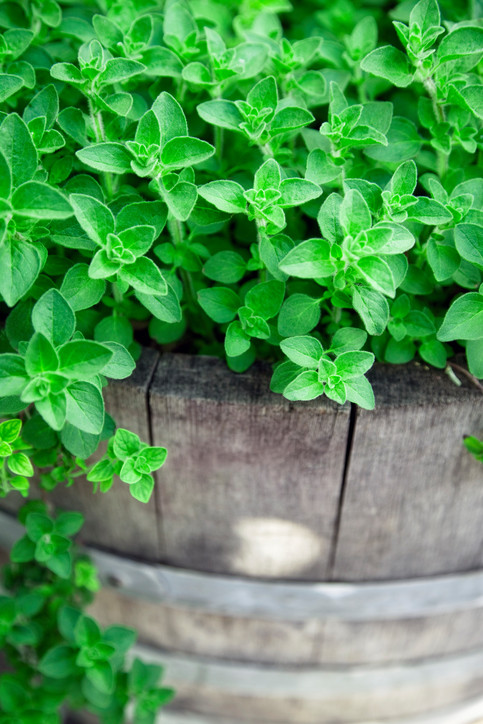
Start your oregano plants from cuttings or divisions and grow them in a spot that gets just 3-4 hours of sunlight, preferably in a container to keep it in check.
You will not get vigorous growth in the shade, but the stems can still trail on the ground and spread in all directions.
The advantage of growing this perennial herb in partial shade is that it may delay or even prevent flowering.
Minimum sun – 3 hours
6. Lettuce
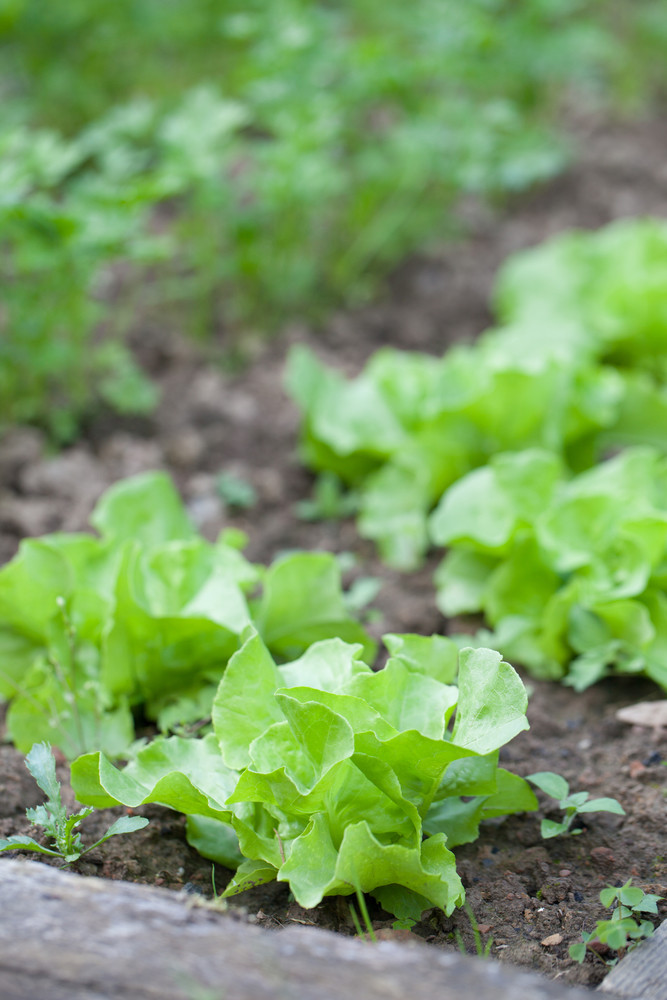
Lettuce loves it when it is really cool. Slightly shady conditions are better for keeping the delicate lettuce leaves crisp and sweet.
If you have open leaved varieties, harvest the lower leaves to extend the harvest.
Plant the head-forming varieties every two weeks for a continuous supply.
Sufficient water and cooler temperatures in the shade would prevent the plants from bolting in the summer heat.
Minimum sun- 3-4 hours
7. Spinach
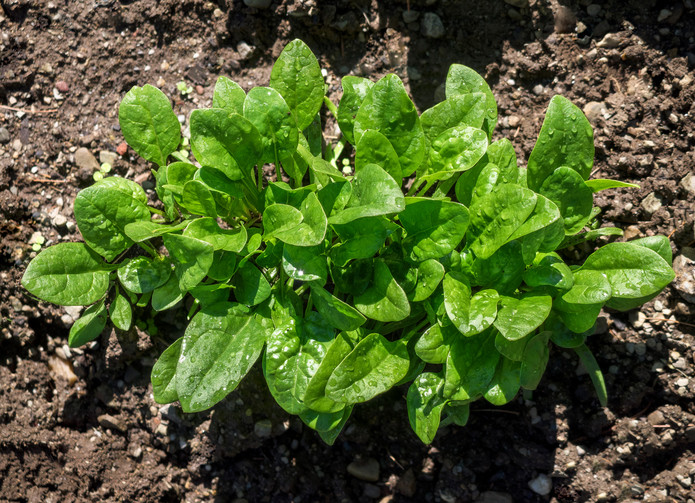
Spinach is quite happy growing in the shade most of the day, especially in the afternoon.
This green is usually grown in two separate seasons, spring and fall, because it doesn’t do well in summer heat. But in partial shade, and with sufficient water to keep it from wilting, a small patch of spinach can provide plenty of greens all through the growing season.
Just pick the leaves as they enlarge; this promotes the growth of more new leaves from the center of the tuft and prevents the plant from bolting.
Minimum sun – 3-4 hours
8. Arugula
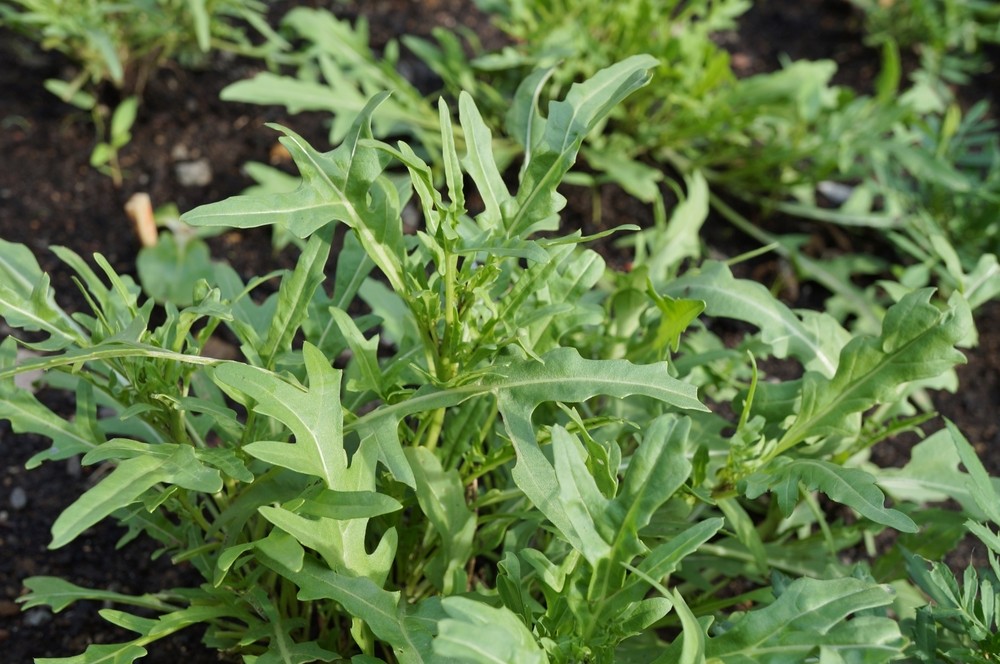
This pleasantly pungent salad green (Eruca sativa) commonly called salad rocket, or just rocket, is rewarding to grow in the shade.
The growth may be less vigorous, but the leaves would remain tender and they keep coming for a longer period than if it were grown in full sun.
Arugula tolerates dry conditions to some extent, but frequent wilting would make the leaves tougher and bitter. In fact, that’s one of the reasons why growing rocket in partial shade is a great idea.
Minimum sun – 3-4 hours
9. Cilantro
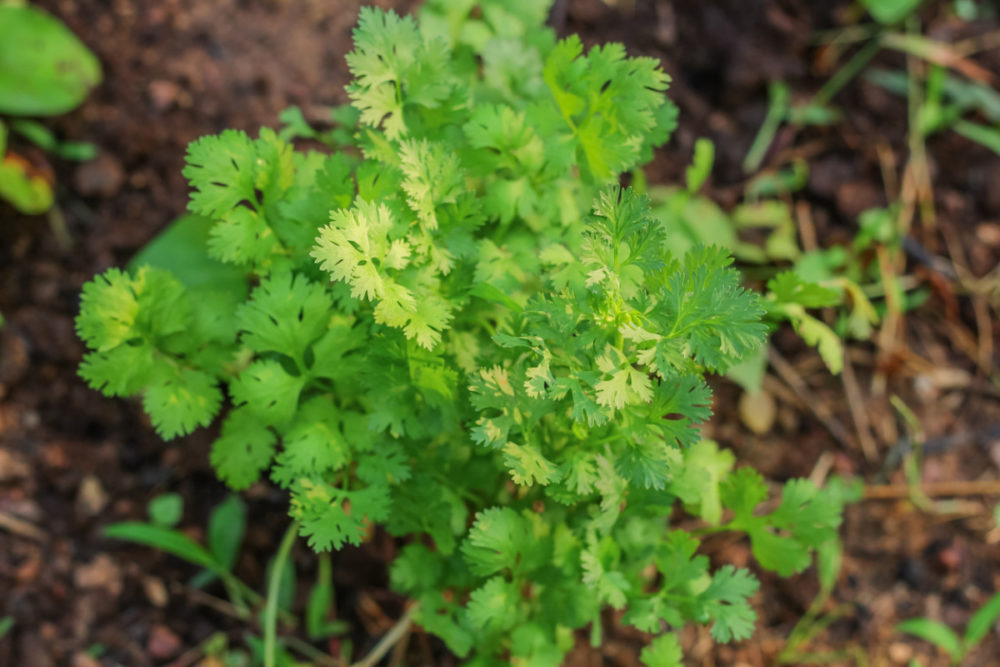
This is one herb that elicits completely opposite reactions from people; some love it; some love to hate it.
If you belong to the first group, cilantro is one of the most rewarding herbs to grow in a partially shaded area of the garden.
You can sow the seeds any time from spring to mid-fall. In fact, sowing a new batch every two weeks is a good idea, especially if you want to harvest the whole plant rather than the outer leaves.
Minimum sun – 3-4 hours
10. Kale
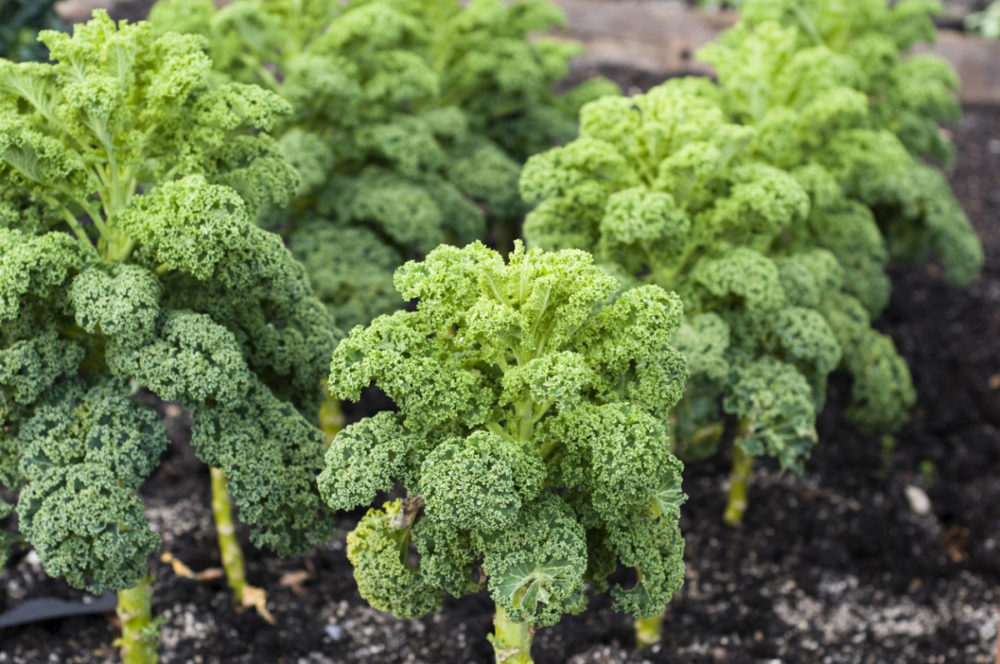
Kale is a cold hardy vegetable that you could plant out early in spring and then keep harvesting long into the winter, but for the hot spell in summer.
Heat makes the leaves tough and bitter, but that can be avoided if the plants are in the shade for the hottest part of the day.
Shade-grown kale may not have very large leaves, but that just means you can accommodate more plants in the limited space you have.
Minimum sun – 3-4 hours
11. Celery
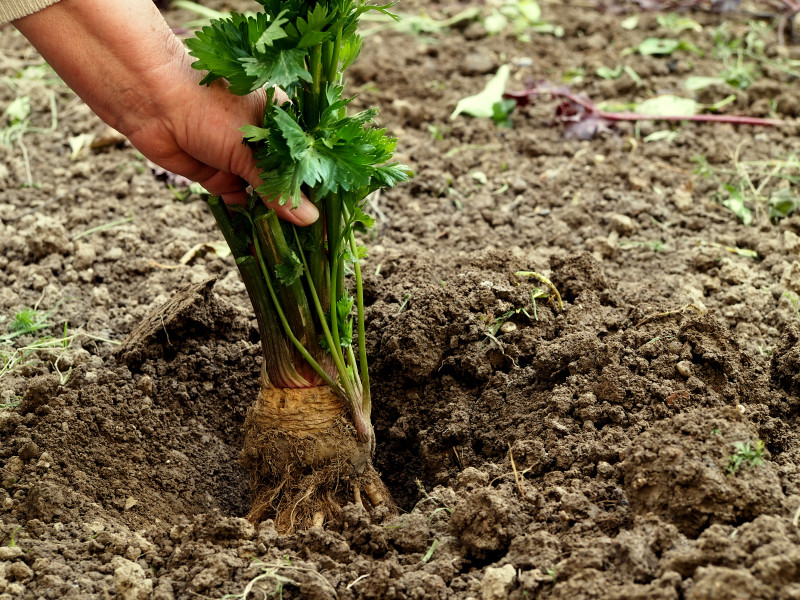
Celery needs a long growing season of cool temperatures to do well, so it often suffers in summer heat. But that is not an issue when you grow it in a partially shaded area.
Start the seeds indoors early and plant the seedlings earlier than other spring vegetables. Celery thrives in moist soil and cannot stand even a bit of water stress.
Keep it watered and fed, and harvest outer leaves when they are long enough. No blanching is required for shade grown celery.
Minimum sun – 4 hours
12. Chard
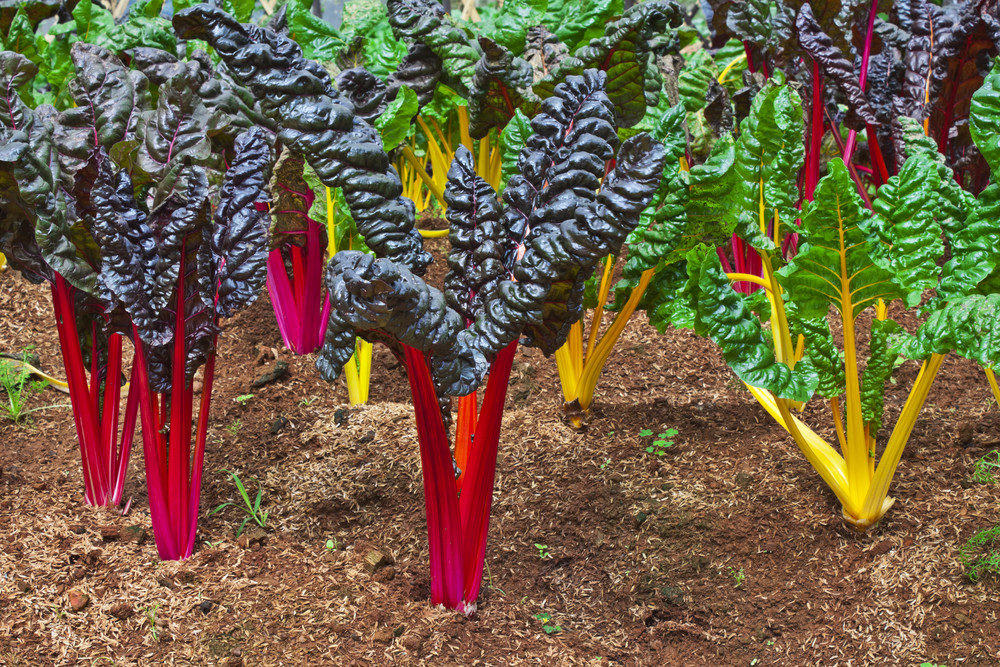
Chard can be grown in dappled light and partial shade, but you will not see large leaves borne on long stalks. But the smaller leaves are just as delicious in salads, and can be cooked to perfection.
However, it will take at least five hours of sunlight to develop the succulent stalks.
Minimum sun – 3-5 hours
13. Carrots

Choose early maturing varieties for shade. Sow carrot seeds directly in well cultivated beds where they can get 4-5 hours of direct light and then bright light for the rest of the day.
You may need to wait a bit longer for the tubers to develop. Even at full maturity they may look like baby carrots, but they remain tender and sweet too.
Minimum sun – 4-5 hours
14. Radishes
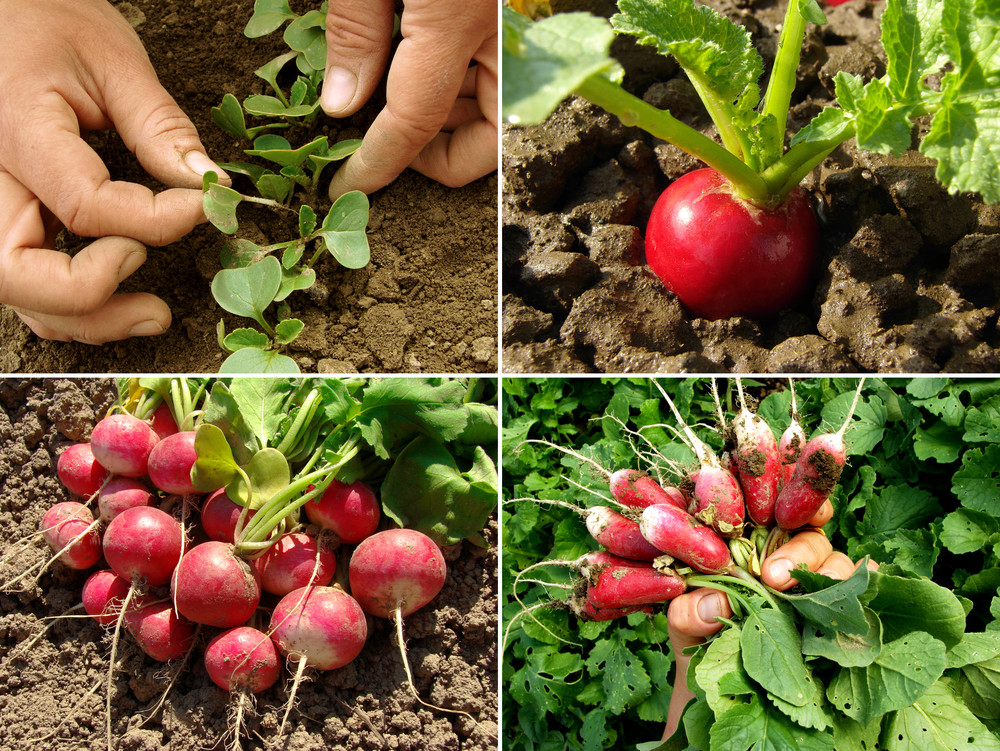
Radishes are cool season vegetables that usually take less than a month from seed to harvest. They may a take a bit longer when they don’t get full sun.
However, the cooler microclimate in the shade means they can keep growing well into summer.
So you can probably have several batches all through the growing season from spring to late fall, without the otherwise mandatory summer break.
Minimum sun – 4-5 hours
15. Potatoes
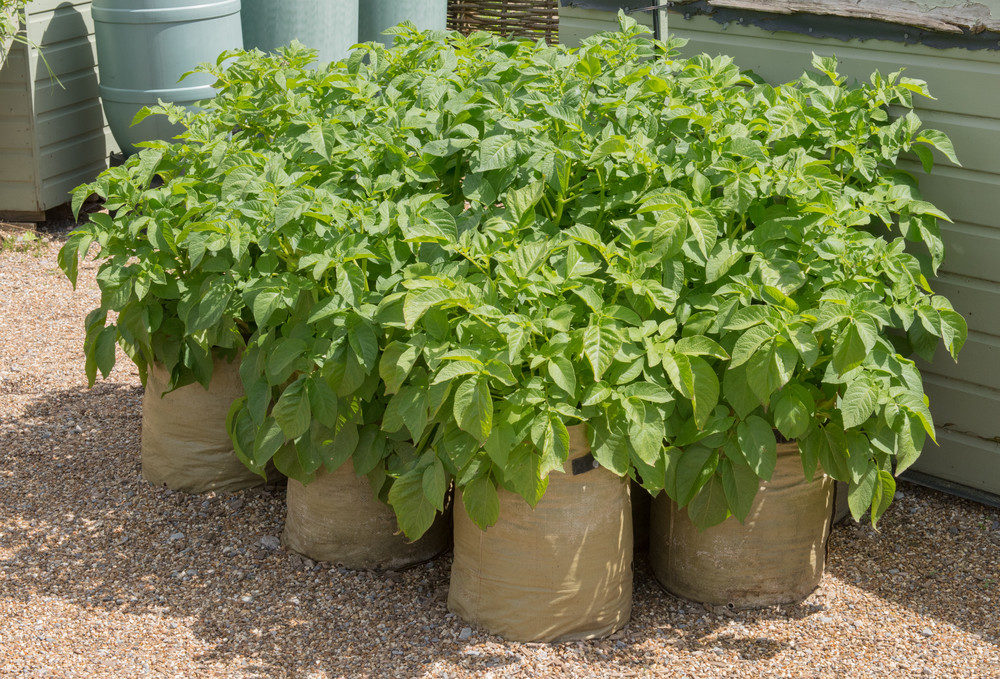
Don’t expect a lot of giant tubers from your plants grown in the shade, but you will have quite a few smaller spuds to show for your efforts if they get at least 5 hours of sun or 7 hours of dappled light.
Minimum sun – 5 hours
16. Tomatoes /Cherry tomatoes
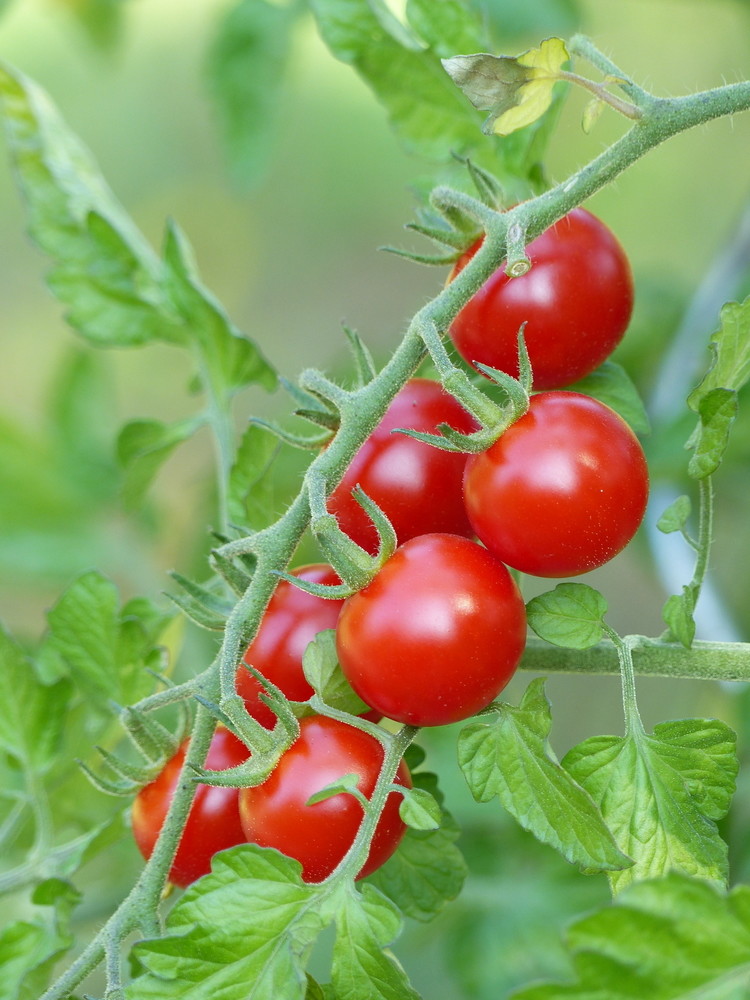
Most vegetable gardeners cannot imagine a garden without tomatoes. These high-light plants can grow well in partial shade, especially cherry tomatoes although they may have fewer tomatoes.
In warmer areas with hot summers, all tomato plants need some amount of shade from afternoon sun.
Select early bearers and determinate types.
Minimum sun – 5 hours
17. Scarlet runner bean (Phaseolus coccineus)
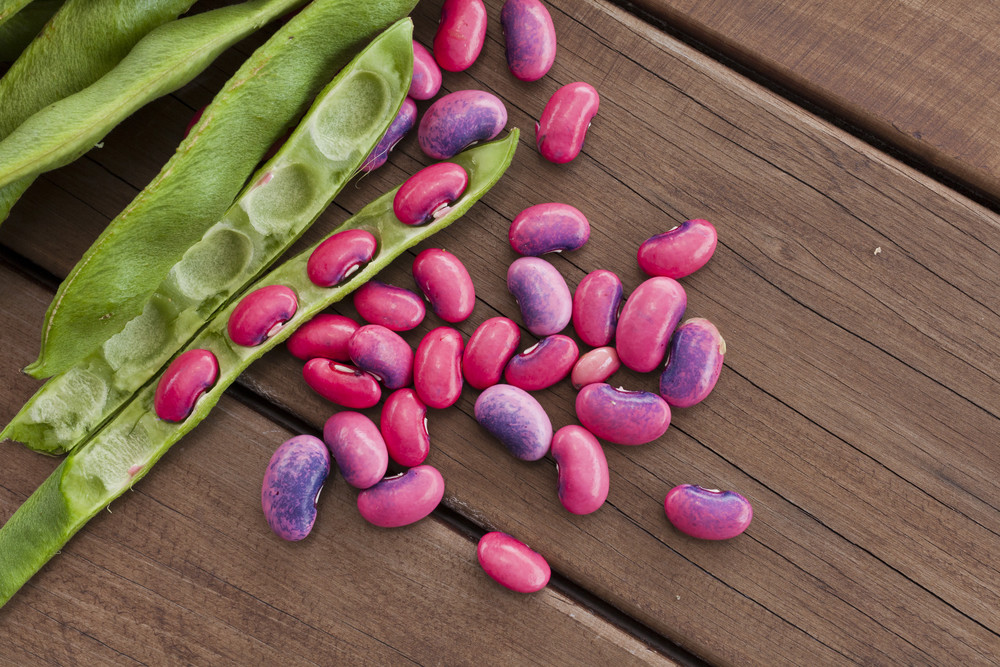
This legume is your answer if you want a versatile vegetable crop in your shady garden.
The whole pods can be used fresh as a vegetable when tender and the mature beans are just as delicious when cooked fresh or dried.
The plants thrive in full sun, but can adapt to partial shade.
Minimum sun – 5 hours
How To Pamper Your Shade Garden Vegetables
When you grow vegetables in the shade, don’t forget that they are often in less than ideal conditions.
Maximize light availability by creating reflective surfaces in and around the garden. Painting walls and fences white and using reflective mulches around the plants may help to some extent.
Compensate for the limited light availability by ensuring the plants are otherwise well provided for. Make sure that they don’t suffer water stress or nutrient deficiency.
Make allowances for longer growing periods and smaller yield. If your growing season is not long enough, get early-maturing varieties.
In the case of root crops like carrots and radishes, they may take nearly double the time to fatten up. The tubers you get will be smaller in size too.
But one advantage with growing cool season crops in the shade is that it can extend the season. The leafy greens and tubers remain sweet and tender too.
Pin This For Later
